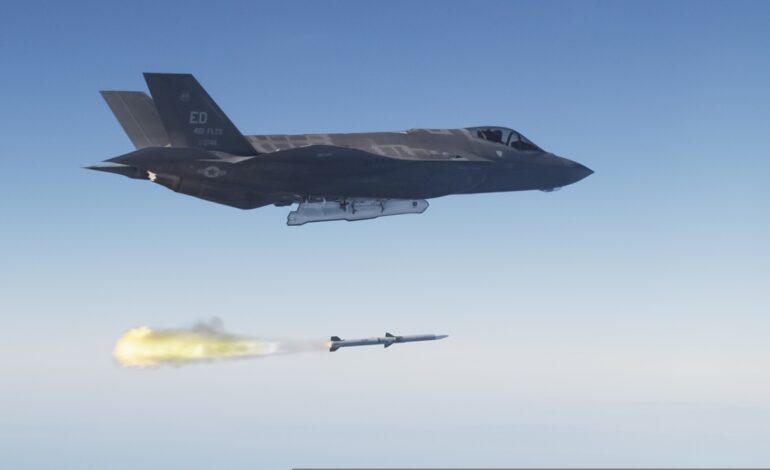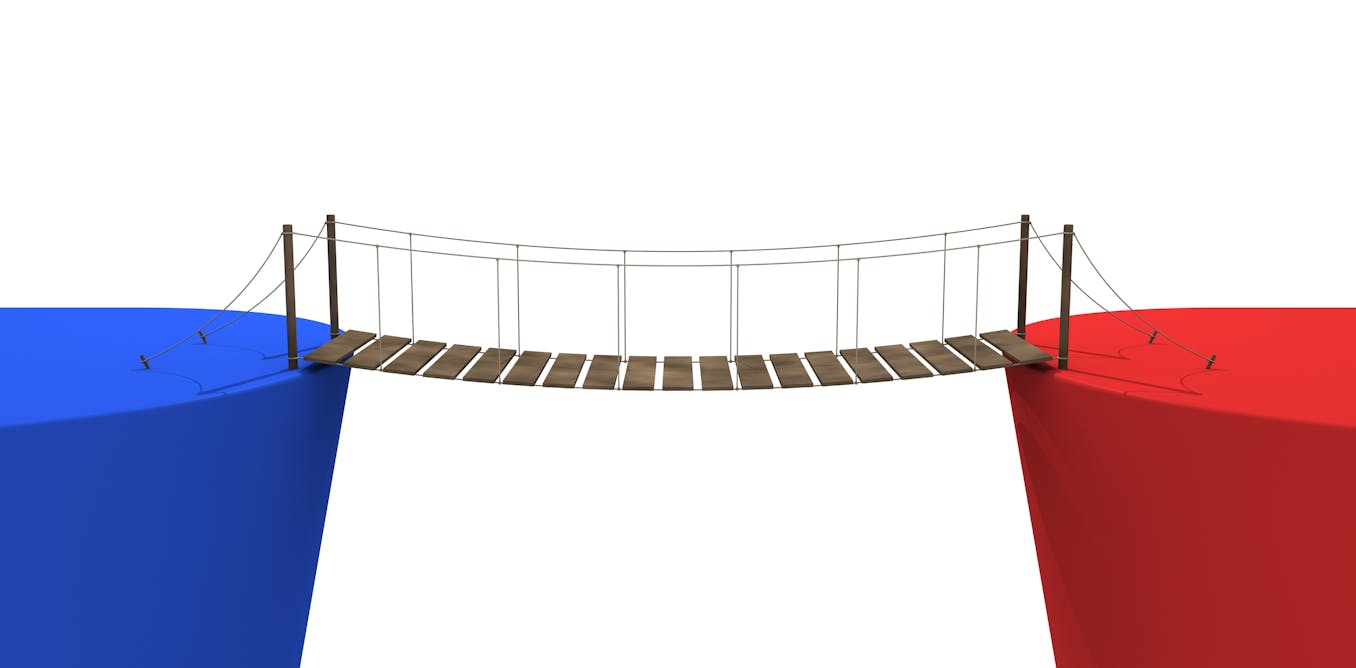Pentagon Seeks $1 Billion for AIM-260 JATM Missile Development

The Pentagon has requested approximately $1 billion for the continued development of the AIM-260 Joint Advanced Tactical Missile (JATM) in Fiscal Year 2026. This funding aims to enhance the United States’ air-to-air missile capabilities in response to advancements made by near-peer adversaries, particularly China’s development of the PL-15 missile.
The US military is focused on advancing the AIM-260 missile, which has been under development since the mid-2010s. The US Air Force has allocated $368 million for initial production of the JATM and an additional $300 million for further production. Meanwhile, the US Navy has requested $301 million for its own production efforts. Lockheed Martin, known for manufacturing the F-22 Raptor and F-35 Lightning II stealth fighter jets, is responsible for developing this advanced munition.
The Pentagon has kept details about the AIM-260 JATM classified, with only limited information disclosed. In a rare presentation, the US Naval Air Systems Command (NAVAIR) revealed an image of the missile during a portfolio overview in February, but additional specifics regarding its capabilities remain undisclosed.
As US adversaries invest billions into missile technology, the need for advanced air-to-air munitions becomes increasingly pressing. An Air Force representative stated, “Our potential adversaries have witnessed our ability to provide air superiority, and US competitors have evolved in response. An air-to-air missile capable of defeating advanced threat systems is essential to maintaining US air superiority.”
Replacing Aging Missiles
The AIM-260 JATM aims to replace the aging AIM-120 Advanced Medium Range Air-to-Air Missile (AMRAAM), which has been in service since the early 1990s. Despite significant upgrades, the AMRAAM’s effectiveness is being challenged by advanced systems like the PL-15 missile, which has shown operational success in recent conflicts.
The recent aerial clash between India and Pakistan highlighted the critical role of effective missiles in combat. Reports indicate that the Indian Air Force suffered losses, potentially including as many as six aircraft, due to the capabilities of the PL-15 missiles utilized by the Pakistani Air Force. The Indian government has not confirmed the exact number of aircraft lost, but at least one was a French-made Dassault Rafale fighter jet.
The incident underscores the importance of missile range in air-to-air engagements. Fighter jets equipped with longer-range missiles can engage enemy aircraft while minimizing their exposure to incoming attacks. The longer the reach of an air-to-air missile, the greater the tactical advantage it provides.
As the Pentagon pushes for the AIM-260’s development, it is clear that the landscape of air warfare is evolving rapidly. The demand for advanced aerial capabilities is a direct response to the changing dynamics of military technology and the need to maintain air superiority in potential future conflicts.
The funding request for the AIM-260 reflects a broader strategy within the US military to ensure that its air capabilities remain at the forefront in a rapidly changing geopolitical environment.






